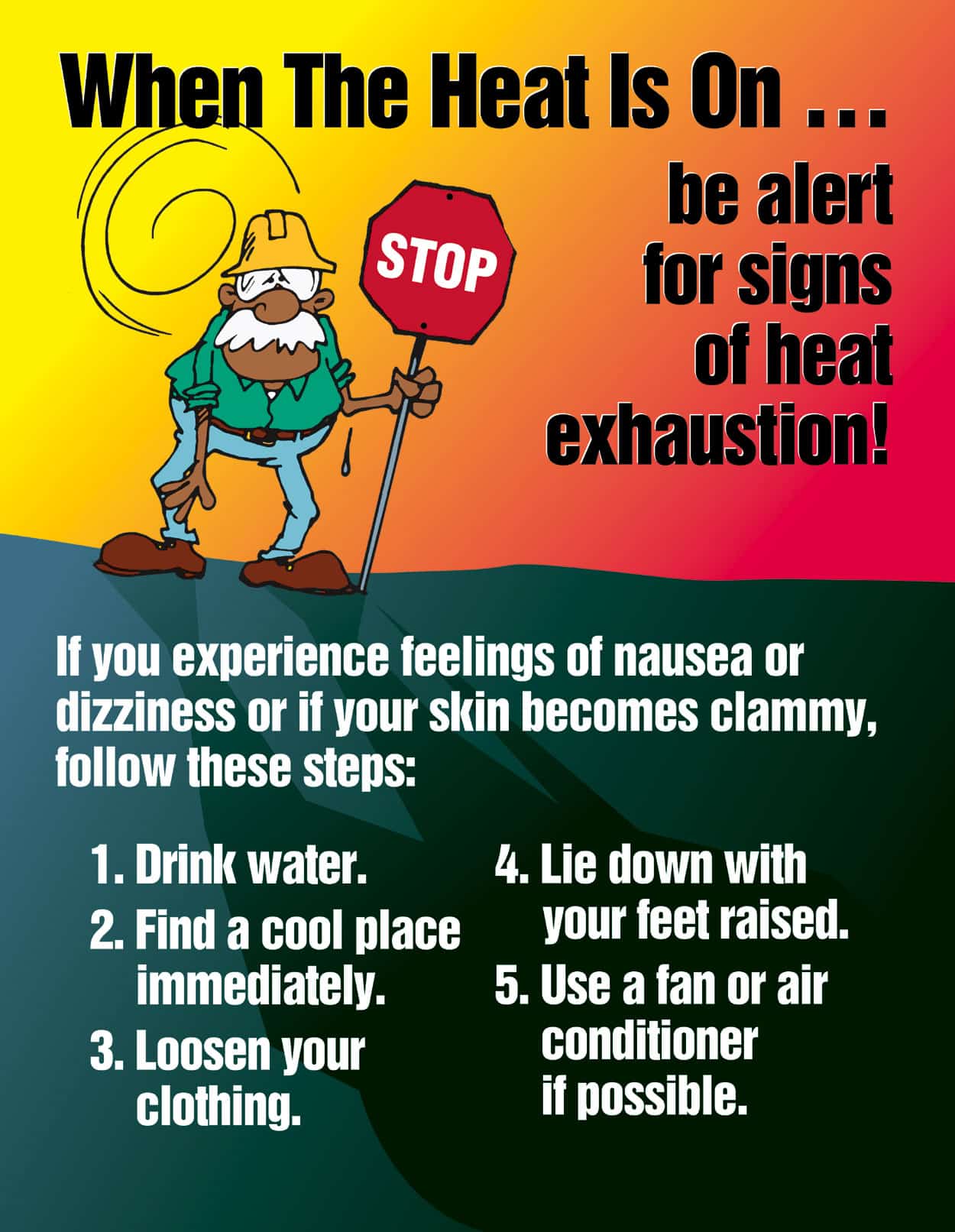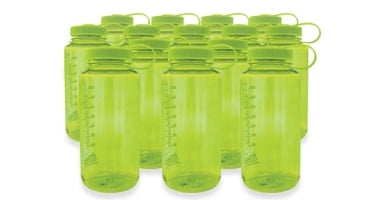“Hydration plays an important role in worker safety and productivity. Companies, safety directors and employees all want to work safely, perform productively and return to work the next day. And everyone wants to avoid accidents and injury at all costs.”(The Sqwincher Corporation)
Have an action plan handy in the workplace to avoid any heat related issues! An action plan can prevent potential illnesses and harsh health conditions. Potential health issues that can occur form the heat are: skin rashes, heat illness, heat cramps, heat exhaustion, and heat stroke.
There are two factors that contribute to the increase in heat. The two factors contributing to heat increase are both environmental and personal factors.
Environmental factors from heat include:
- Air temperature, humidity and air movement
- Radiant temperature in the workplace
- Extreme climatic conditions
Personal factors developing from heat include:
- Clothing worn
- Level of working activity
- Level of fluid loss and replacement, affecting water and salt balance (stay hydrated!)
Keep temperatures in a range through the use of engineering controls such as:
- Air conditioning
- Air conditioning air circulating fans, provision of good ventilation
- Insulating or shielding sources of heat in the workplace
-
Insulating the roofs and walls of the workplace
-
reducing heat gain via windows by implementing reflective film or blinds
- Ducting hot exhausts outside the workplace
- Mechanizing some of the tasks
- Providing air-conditioned work vehicles.
Who is at risk? Everyone is at risk, in and outside of the workplace! Remember to stay hydrated and cool during the seasonal changes.






